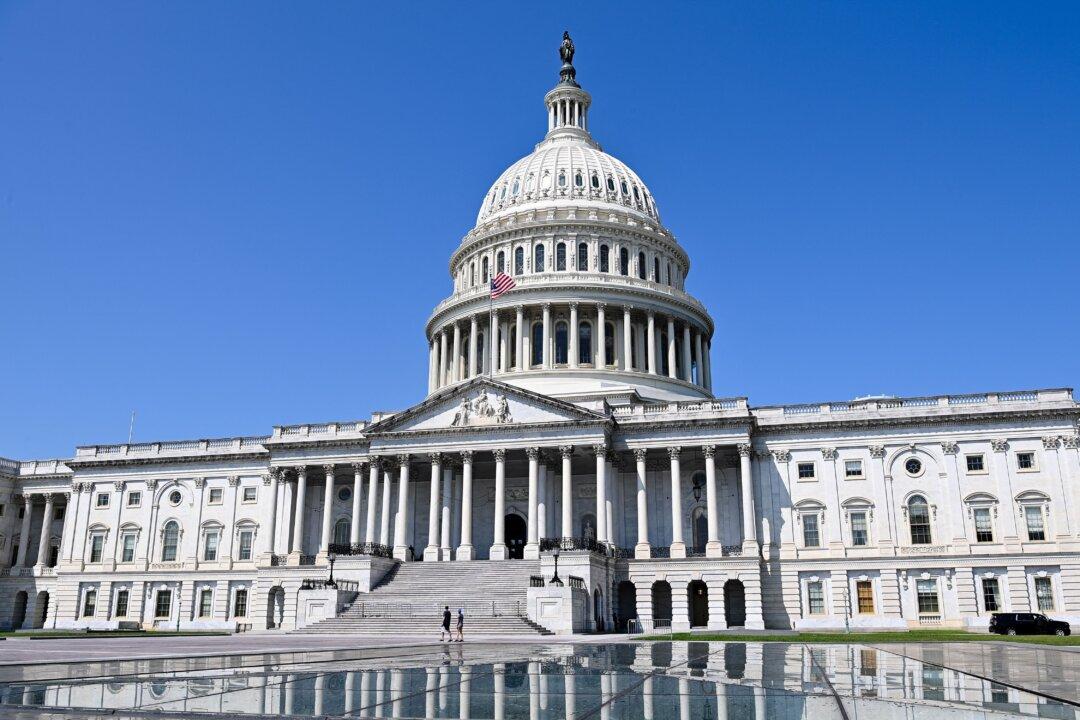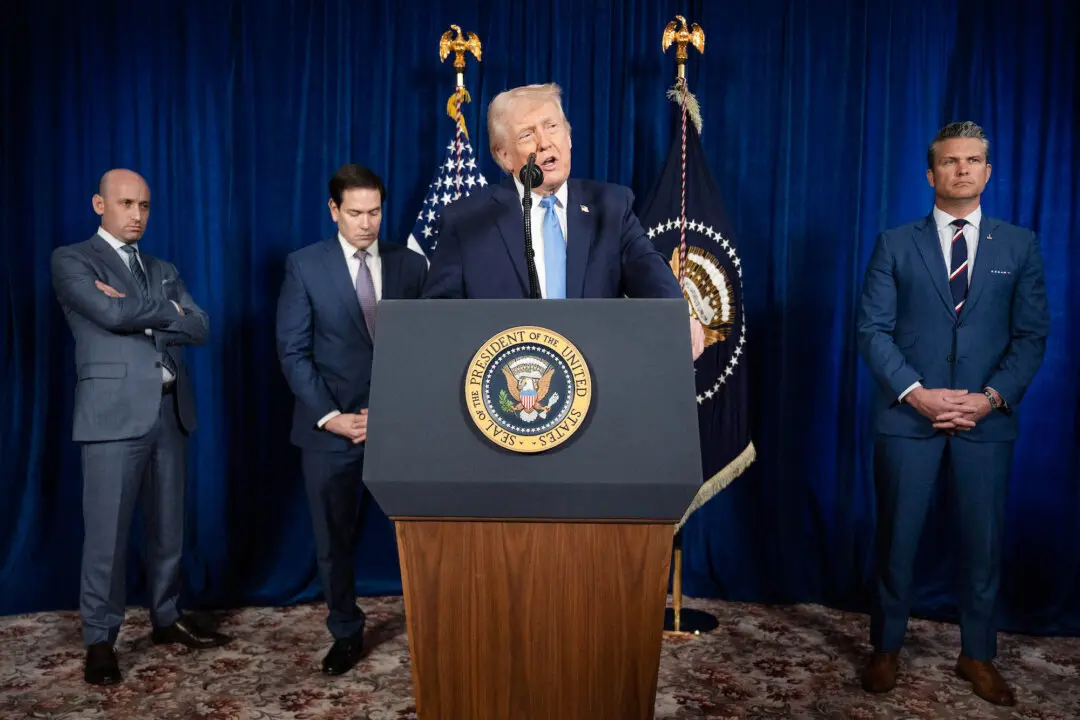News Analysis
The Senate passed the Infrastructure Investment and Jobs Act Tuesday morning after fierce debates over the bill in the House and Senate. The bill, at a $1.2 trillion price tag, is a far cry from the Democrats’ own $3.5 trillion plan. Still, some have criticized the bill for its content that goes beyond basic infrastructure improvement.





